PhD position in 2D trapped Rydberg ion quantum simulator at Stockholm University
The Trapped Ion Quantum Technology Group at Stockholm University invites applications for a highly motivated PhD student to join our pioneering research in quantum simulations with trapped Rydberg ions. The aim of the PhD project is to develop a 2D ion trap experiment for open system quantum simulations using Rydberg ions. This position is part of the ERC Synergy project "Open 2D Quantum Simulator (OPEN-2QS)".
For more information please visit our group website and the project website.
